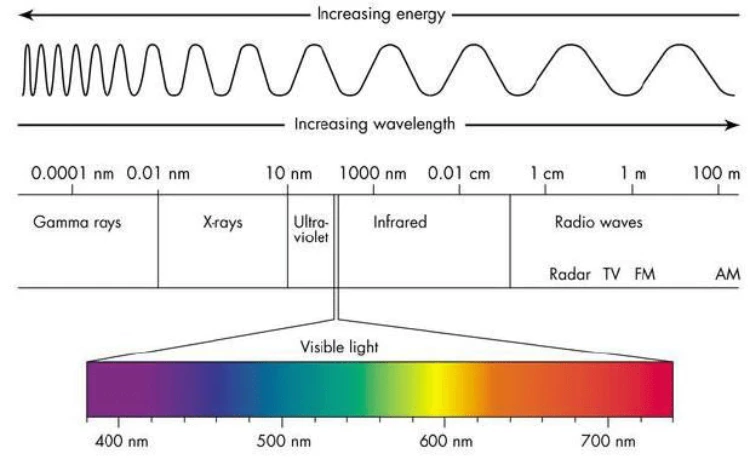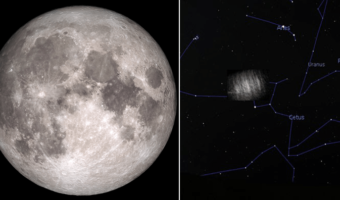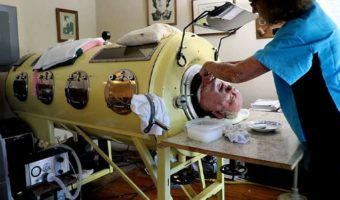Infrared Contact Lens Lets You See in the Dark Even with Eyes Closed
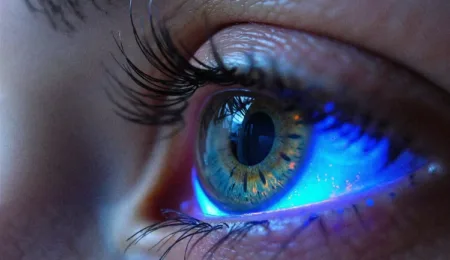
Scientists have developed a contact lens that lets people see in the dark by detecting invisible near-infrared (NIR) light and converting it into visible colors. The breakthrough could give humans superhuman vision that would give us vision at night, help us in medical imaging, or even read hidden messages, all without bulky goggles or electronics.
The lens uses upconversion nanoparticles (UCNPs), tiny materials that absorb infrared light and re-emit it as visible light.
Humans naturally see only a narrow range of the electromagnetic spectrum, which is roughly 400 to 700 nanometers. But more than half of sunlight exists in the infrared spectrum, meaning we’re blind to a massive portion of the world around us.
To bridge that gap, researchers developed UCNPs that latch onto light in the NIR range (around 980 nanometers), and shift it into the visible spectrum.
In the study published in the Cell Journal, these particles were embedded into hydrogel lenses (made from a material called pHEMA) after removing their oily coating so they’d mix properly with the lens.
The lens lets wearers perceive patterns, shapes, and even flickering signals normally invisible to the human eye.
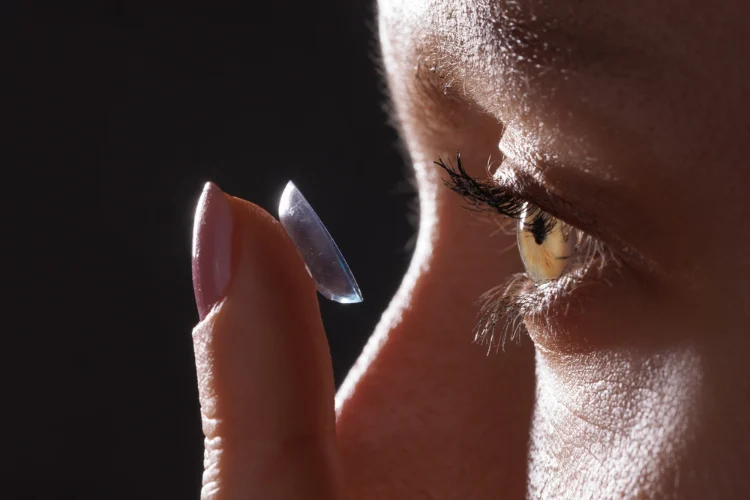
The technology builds on earlier experiments where similar particles were injected into mice retinas.
In animal trials, mice wearing the lenses responded to NIR light they otherwise couldn’t see. As NIR passes through eyelids far more effectively than visible light, the mice were able to see even with their eyes closed.
Human volunteers too noticed similar outcomes. The signals got through even with their eyes closed.
With the lenses on, they could spot blinking infrared lights, recognize shapes, and even read hidden Morse code beams, stuff that’s normally invisible to the naked eye.
The team also took things a step further with a newer version of the lenses, called tUCLs. These don’t just detect near-infrared (NIR) light, they show it into color.
Different wavelengths show up as different hues. The 808 nanometers appear green, 980 shows up blue, and 1532 glows red. So instead of just knowing there’s NIR light around, people can actually see it in color.
When tested, the colors people reported lined up closely with standard screen color definitions, like those used in TVs.
The lens does not need external power sources, making them more portable and convenient to use than existing night vision devices.

Mice wore the lenses for two weeks without signs of inflammation or retinal damage. The minor irritation observed was no worse than what you’d expect from regular contact lenses.
For humans, the process is also non-invasive. There’s no surgery, no power supply, and nothing to plug in.
Night vision goggles exist, but they’re heavy, require power, and can’t distinguish between different types of IR light. Also, the newly developed lenses would allow wearers to see both infrared and natural light simultaneously, something goggles can’t do.
They’re not perfect yet. Image resolution is still limited, and they can’t pick up thermal radiation from warm objects.
To improve clarity, the researchers also built a UCL eyeglass prototype using flat lenses to keep converted light focused. With that, users were able to see sharper NIR images, like full letters and detailed shapes.
The lenses aren’t ready for everyday use just yet. Improving the efficiency of UCNPs could make the lenses sensitive enough to pick up natural IR light in the environment. And by combining NIR color detection with blinking signals, the tech could enable a new form of high-capacity visual communication.
The real-world implications for the device are significant. From seeing in darkness without electronics to reading invisible signs, identifying materials, or helping people with color blindness perceive wavelengths they normally miss.














